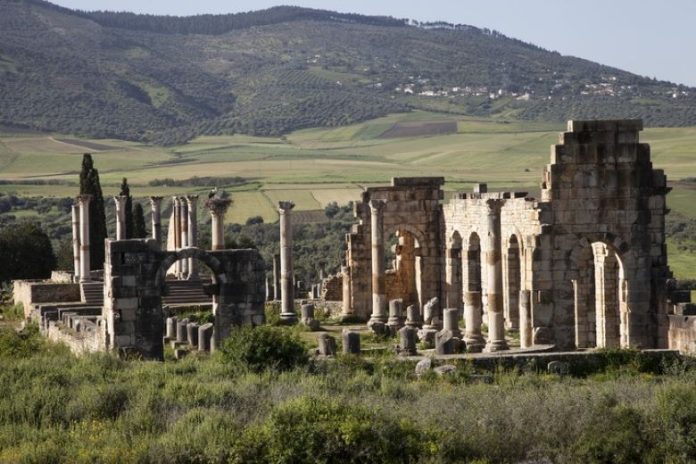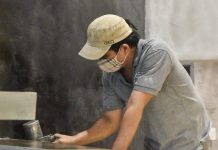
An analysis has been conducted on the stone tools recovered from a former outpost within the Roman Empire. The discovery highlights how ancient bakers and millers relied on the local geology to acquire the correct tools.
Through an analysis of the tools, scientists and archaeologists at the Austin geology lab of the University of Texas were able to identify dough mixing vats and millstones that linked the city of Volubilis, Morocco.
Volubilis has been known to be the site of previous Roman-era ruins which were made from specific rock types which would have aided the tools’ function.
A continual analysis conducted by the researchers discovered that the stones were sourced locally, a discovery that challenges a theory that some millstones had been imported from afar.
The discovery also highlighted how the craftspeople who made the tools may have received input straight from the workers who used them.
The study’s co-author, Assistant Professor Jared Benton of the Old Dominion University, said that “it is interesting because it is a very local source and seemingly from one source”.
“One wonders if there’s not a group of bakers that are coming together and saying let’s buy our stuff from this one quarry, or maybe there’s just one guy who [sells the stones], and that’s it,” he told the UT News website.
The research was also able to identify the original tool for each rock type.
Grains millstones were made from vesicular basalts (a volcanic stone full or sharped-edged pores) and olive mills were made from clastic, fossiliferous limestone (a limestone containing fragments of other rocks and small fossil shells).
The study also notes how the rocks’ attributes relate to each tool’s function.
This can be seen in the pores of the basalt, which may have helped provide new edges that could help grind wheat into flour as the stone was worn down.
In addition, the research found that each rock type came from one location compared to being sourced from different places around Volubilis.
The research paper on the stone tools of the Volubilis stones can be found in the latest Journal of Archaeological Science: Reports.
By Atara Thenabadu
Source: www.quarrymagazine.com



































